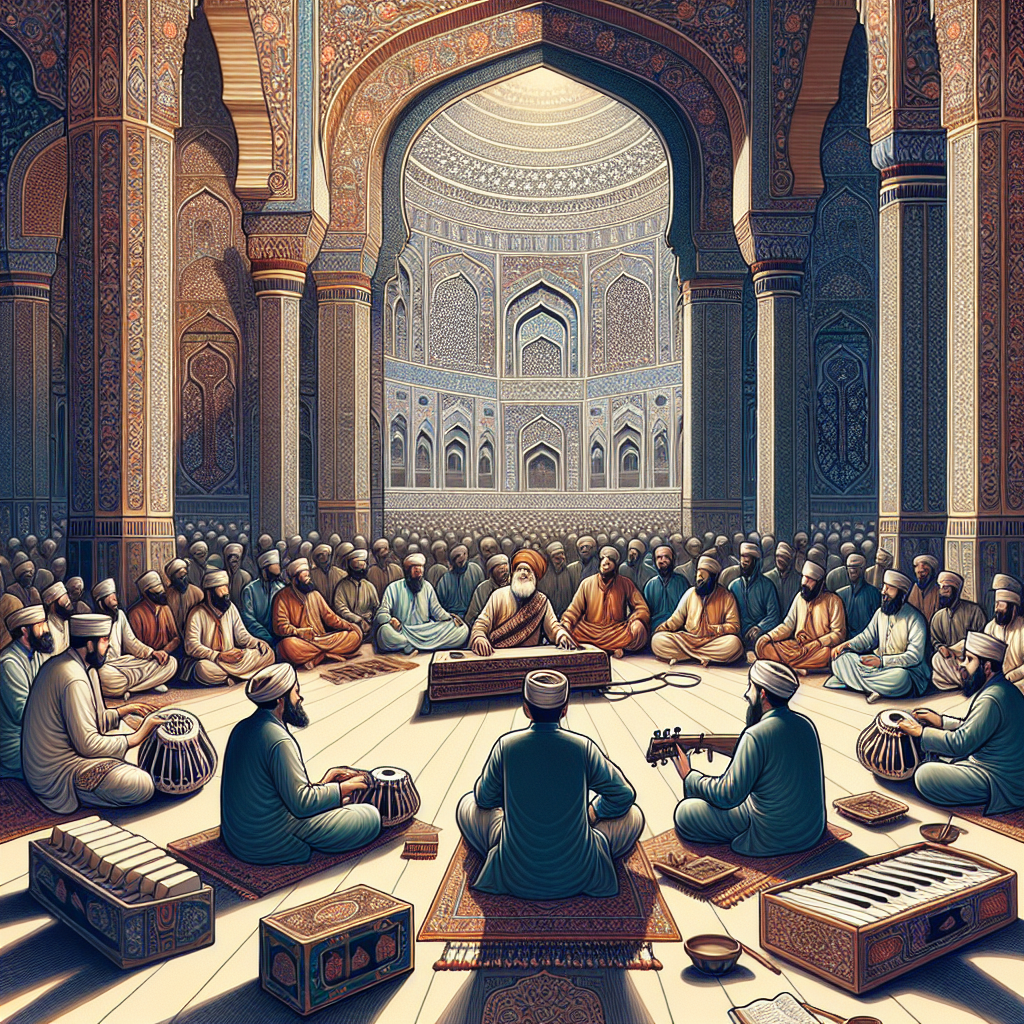Located at the crossroads of cultural exchange and history, Ney-Anban music is a significant element that strongly represents the identity, heritage, culture, and music of Iran. Evoking emotions, inspiration, and expressing cultural identity, the Ney-Anban or the Iranian Bagpipe is a traditional musical instrument that has shaped the music and culture of Iran in many aspects.
The Ney-Anban is a blown bagpipe that has its roots ingrained in the southern regions of Iran, especially from the province of Bushehr. Its unique sound, which is a blend of shrill and harmonious notes, makes it an integral part of the traditional Iranian music, highlighting Iran’s rich cultural diversity.
Origins
The Ney-Anban is believed to be originated from the ancient civilization of Persia. The instrument is considered to be one of the oldest musical instruments in the world. According to some historical evidence and literary references, the traditional Ney-Anban was used during wars to motivate the soldiers and intimidate the enemy.
Cultural Importance
Today, with the understanding and appreciation of Iranian culture across global boundaries, the Ney-Anban has secured a special place, not only in the realms of traditional Iranian music but also in the broader spectrum of world music. It is a symbol of the cultural identity of Iran, acting as a bridge between the contemporary Iranian society and their rich historical heritage.
Each vibrational note produced by the Ney-Anban, encapsulates the depth and radiance of Iranian history, tradition, and culture. Ney-Anban music carries a cultural significance that transcends the confines of time and place, deeply woven into diverse aspects such as Iran’s literature, poetry, art, performance, and ceremonies.
Ney-Anban’s music is also known for its healing properties. In the Persian culture, it’s believed that the mesmerizing tunes of Ney-Anban can uplift the spirit, heal ailments, and chase away evil spirits.
Elements of Ney-Anban Music
The structure of Ney-Anban music is based on a system of modal scales known as ‘Dastgah.’ Each Dastgah has a distinguished mood and feel and represents a different part of Iranian culture and identity. The tunes of Ney-Anban music are warm yet haunting, capable of conveying a profound sense of longing, love, loss, and joyous celebration.
In the global musical landscape, Ney-Anban music is considered as a hallmark of the extensive musical tradition and cultural history of Iran.
Preservation of Ney-Anban Music
Despite onesided modern influences, the quintessential tradition of Ney-Anban music still lives on in the hearts of Iranian musicians and music enthusiasts. Many contemporary Iranian artists carry on the legacy of Ney-Anban music, integrating it into their melodies, thus not only preserving but also propagating the tradition among the younger generation.
Conclusion
In conclusion, the cultural significance of Ney-Anban music is undeniable in maintaining the identity and historical lineage of Iran. It is a symbol of resilience and continuity, reminding the world of Iran’s vibrant cultural heritage and musical traditions. As we progress in this world of ever-evolving tunes, the Ney-Anban stands as a steadfast testament to Iran’s cultural wealth, resonating with the timeless spirit of the country’s past, present, and future.
Frequently Asked Questions
- Q1: What is Ney-Anban?
- A1: Ney-Anban is a traditional Iranian bagpipe. It’s a wind instrument with a significant place in Iranian’s cultural heritage and musical tradition.
- Q2: From which part of Iran does Ney-Anban originate?
- A2: Ney-Anban is believed to originate from the southern regions of Iran, especially from the province of Bushehr.
- Q3: What makes Ney-Anban music unique?
- A3: Ney-Anban music is unique due to its distinct sound, a blend of shrill and harmonious notes, and its modal scale system known as ‘Dastgah’.
- Q4: What is the cultural significance of Ney-Anban music?
- A4: Ney-Anban music carries significant cultural nuances of Iranian society. It represents Iran’s history, tradition, and identity. Besides, its music is believed to have healing properties.
- Q5: How is Ney-Anban music being preserved and propagated?
- A5: Many traditional and contemporary Iranian musicians continue to play Ney-Anban music, thus helping in its preservation and propagation.




